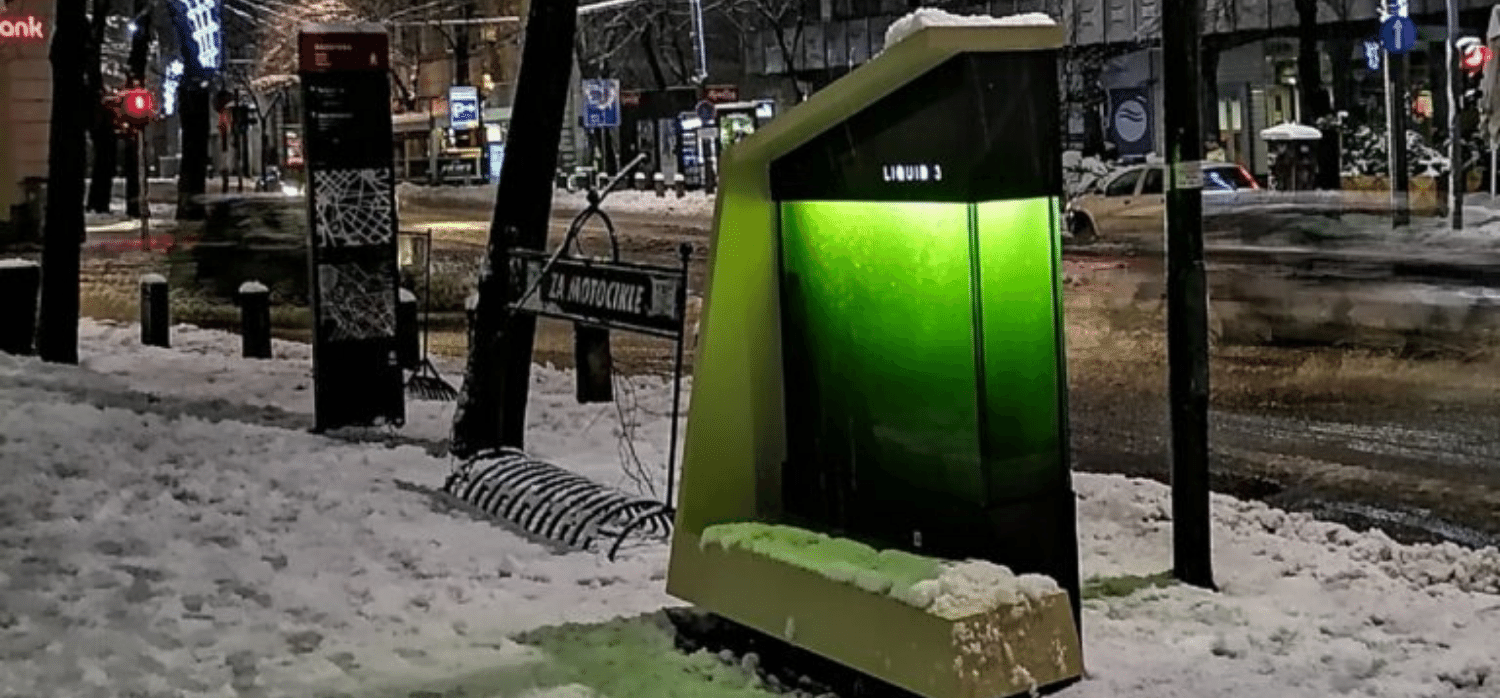Artificial leaf captures carbon dioxide
Sustainability
Engineers have developed a cost-effective artificial leaf that can capture 100 times more carbon dioxide than current systems
Spotted: Engineers often look to nature for inspiration, and, when it comes to capturing carbon dioxide, the leaves of photosynthesising plants set the gold standard. Scientists have been trying to recreate the CO2-capturing properties of leaves for some time, but mimicking nature is not always easy.
Now, researchers from the University of Illinois at Chicago have developed an artificial leaf that is both more efficient at capturing CO2 than existing carbon capture systems, and able to capture carbon from more diluted sources – such as the flue gases produced by coal-fired power plants.
To develop the leaf, the researchers modified a pre-existing artificial leaf system by adding new, and inexpensive materials, to create a water gradient—a dry side and a wet side—across an electrically-charged membrane. On the dry side, an organic solvent attaches to available carbon dioxide to produce bicarbonate ions. The negatively charged ions are pulled across the membrane toward a positively charged electrode on the wet side. The electrode is immersed in a liquid solution which dissolves the bicarbonate, releasing the CO2. This can then be collected for fuel or other uses.
Only around 0.4 Kilojoule/hours of electricity is needed to power the reaction – less than that used to power an LED bulb. When the researchers tested the system, they also found that is had a 100 times better rate of carbon capture to surface area compared to other systems. They estimate it would take around $145 (around €127) per tonne to harvest the CO2.
Meenesh Singh, assistant professor of chemical engineering and corresponding author on the paper also pointed out that this system is very scalable. “… it has the potential to be stackable, the modules can be added or subtracted to more perfectly fit the need and affordably used in homes and classrooms, not just among profitable industrial organisations.”
Globally, there are around 50 large-scale carbon capture facilities in operation or under construction as of 2021. But there are also a number of other innovations that hope to improve the scalability or reduce the cost of carbon capture and re-use. Springwise has covered a number of these, including a microporous material that makes sequestration cheaper and more efficient, and ‘liquid trees’ made from algae to clean urban air.
Written By: Lisa Magloff
7th February 2022
Email: jmcarey@uic.edu
Website: uic.edu






